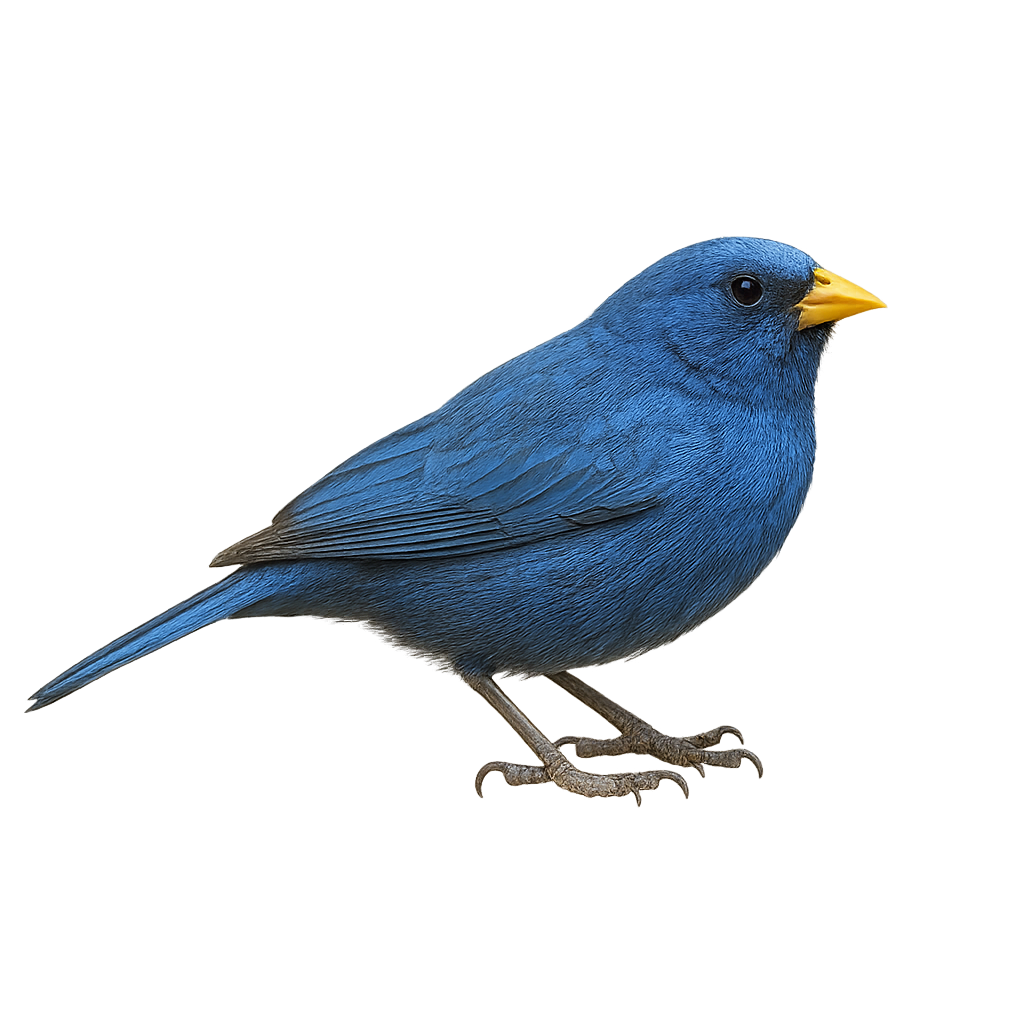Your wildlife photography guide.
Explore the blue finch in detail, study its behavior, prepare your shots.
Where to observe and photograph the blue finch in the wild
Learn where and when to spot the blue finch in the wild, how to identify the species based on distinctive features, and what natural environments it inhabits. The WildlifePhotographer app offers tailored photography tips that reflect the blue finch’s behavior, helping you capture better wildlife images. Explore the full species profile for key information including description, habitat, active periods, and approach techniques.
Blue Finch
Scientific name: Rhopospina caerulescens

IUCN Status: Least Concern
Family: THRAUPIDAE
Group: Birds
Sensitivity to human approach: Suspicious
Minimum approach distance: 10 m
Courtship display: October to December
Incubation: 12-13 jours
Hatchings: October to December
Habitat:
Forests, savannas, shrublands
Activity period :
Primarily active during the day, with peak activity in the morning and late afternoon.
Identification and description:
The Blue Finch, or Rhopospina caerulescens, is a medium-sized bird known for its blue-gray plumage and distinctive black beak. It primarily inhabits wooded areas and savannas in South America, particularly in Argentina, Brazil, and Paraguay. This bird is often seen in small groups or pairs, feeding mainly on seeds and insects. Its melodious song is a characteristic feature, used to mark territory and attract a mate. Although not considered threatened, deforestation and habitat loss pose potential threats to its populations.
Recommended lens:
400mm – adjust based on distance, desired framing (portrait or habitat), and approach conditions.
Photography tips:
To photograph the Blue Finch, it is advisable to use a 400mm lens or longer to capture detailed images from a distance. As this bird is suspicious, it is best to remain discreet and blend into the environment to avoid startling it. The best photography opportunities usually occur early in the morning or late in the afternoon when the light is soft and the bird is most active. Be patient and ready to quickly adjust your settings to capture moments of singing or social interaction.
The WildlifePhotographer App is coming soon!
Be the first to explore the best nature spots, track rutting seasons, log your observations, and observe more wildlife.
Already 1 439 wildlife lovers subscribed worldwide

